Electric bicycle (ebike) batteries are a crucial component of the bike’s performance, but many riders wonder why these batteries are so expensive and why their prices vary widely. Understanding the reasons behind the cost differences, the safety concerns, and the value of quality batteries can help you make informed decisions when purchasing or replacing an ebike battery.
What’s Inside an E-Bike Battery?
E-bike batteries are more than just a plastic box with cells. They’re sophisticated systems designed to deliver power efficiently and safely.
Battery Cells: Most e-bike batteries use lithium-ion (Li-ion) cells, similar to those in laptops or EVs. High-end brands like Samsung, LG, or Panasonic produce cells with superior energy density and longevity.
Battery Management System (BMS): This onboard computer monitors voltage, temperature, and charging cycles to prevent overheating or over-discharging.
Housing: Durable, weather-resistant casing protects the cells from physical damage and moisture.
Connectors and Wiring: High-quality components ensure stable power delivery to the motor.

Why Are Electric Bicycle Batteries So Expensive?
1. Battery Chemistry and Materials
Most modern ebike batteries use lithium-ion technology, which is lighter, more efficient, and longer-lasting than older lead-acid batteries. However, lithium-ion batteries are more expensive than other technology.
Lithium and other raw materials require complex mining and processing, which can be environmentally sensitive and costly.
The cells used in these batteries must meet strict quality and safety standards. Manufacturing involves skilled labor and precise assembly to ensure safety and performance.
In contrast, lead-acid batteries are cheaper but heavier and less efficient, making lithium-ion the preferred choice despite the higher price.
2. Battery Voltage & Capacity (Measured in Watt-Hours)
Battery capacity and Voltage directly affects price. A battery with higher capacity (measured in watt-hours or ampere-hours) stores more energy, allowing for longer rides on a single charge. Battery voltage, on the other hand, determines the potential power output of the battery, with higher voltage batteries enabling faster speeds and better hill climbing performance. However, highe voltage and capacity means more cells and materials, increasing cost.
- Entry-level batteries (250-400 Wh, 32V) may cost $200-$400.
- Mid-range batteries (500-700 Wh, 48V) often range from $400-$700.
- High-capacity batteries (800 Wh and above, 52V) can exceed $1,000.
3. Brand Reputation and Quality
Branded batteries from companies like Bosch, Samsung, LG, or Panasonic command higher prices due to their focus on reliability, safety, and long-term value. These manufacturers invest heavily in engineering high-quality cells that deliver consistent energy output, longer lifespans, and stable performance across varying temperatures and riding conditions.
Coupled with advanced battery management systems (BMS), they actively monitor and regulate voltage, temperature, and charging cycles to prevent critical risks like overcharging, overheating, or cell imbalance.
Additionally, brands back their products with longer warranties and dedicated customer support, offering replacements or repairs for defects. While cheaper upfront, non-branded alternatives typically degrade faster, underperform in real-world use, and leave riders unprotected against malfunctions, ultimately costing more in replacements and risks over time.
4. Production Costs and Import Fees
Manufacturing location, labor costs, shipping, and import taxes also affect battery prices. Batteries made in regions with lower production costs may be cheaper but sometimes at the expense of quality control.
Why Do E-Bike Battery Prices Vary So Much?
A. Battery Capacity (Ah/Wh)
Capacity determines how far your e-bike can travel on a single charge. A 10Ah (360Wh) battery might cost $200–400, while a 20Ah (720Wh) pack could exceed $800. Larger capacities require more cells and advanced engineering, driving up costs.

B. Brand Reputation and R&D
Established brands like Bosch, Shimano, or Specialized invest heavily in research, safety testing, and warranties. A Bosch PowerTube 500Wh battery, for example, costs $800+ but comes with a 2-year warranty and compatibility guarantees.
C. Cell Quality
Premium cells (e.g., Samsung 35E) cost more due to stricter manufacturing standards. Cheap batteries often use lower-grade cells prone to faster degradation.
D. Certification and Compliance
Certified batteries meet safety standards like UL 2849 or CE. Uncertified, off-brand batteries skip these tests to cut costs, increasing fire risks.
E. Smart Features
Some batteries include Bluetooth connectivity, charge indicators, or anti-theft locks. These add convenience—and expense.
The Hidden Dangers of Cheap E-Bike Batteries
A. Why Do E-Bike Batteries Catch Fire?
Most e-bike battery fires originate from four critical flaws in low-quality or uncertified batteries. First, poor cell quality—cheap lithium-ion cells, often recycled or lower-grade, overheat during charging or high-power output due to unstable chemical reactions.
Second, a faulty battery management system (BMS), which fails to regulate voltage, temperature, or charging cycles, allowing dangerous overcharging.
Third, physical damage from flimsy casings that crack under stress, exposing cells to moisture, debris, or sparks that ignite flammable components.
Finally, counterfeit or unofficial replacement batteries, which skip rigorous safety testing and certifications (like UL or CE) to cut costs.
These risks are not hypothetical: in 2022 alone, New York City reported over 100 e-bike fires tied to non-certified batteries, highlighting the life-threatening consequences of prioritizing price over safety. For riders, this means choosing a battery with quality cells, a reliable BMS, and certified construction isn’t just about performance—it’s a critical safeguard against preventable disasters.
B. The Risks of Non-Official Batteries
Using a non-original or third-party battery in your e-bike can lead to major issues that compromise safety, performance, and long-term value.
Current Imbalance:
Current imbalance occurs when incompatible voltage levels or poorly designed connectors disrupt the flow of electricity between the battery and the motor. This mismatch strains the battery management system (BMS) and motor, causing overheating, erratic power delivery, or even permanent damage to components.
Voided warranties:
Voided warranties are a common consequence—most manufacturers explicitly state that using unofficial batteries invalidates their warranty agreements. For example, if your motor fails due to a third-party battery, brands like Bosch or Giant may refuse repair or replacement claims, leaving you to cover the full cost.
Reduced performance:
Reduced performance is almost guaranteed: generic batteries often lack the precision engineering of original equipment manufacturer (OEM) packs, resulting in shorter range, slower acceleration, or sudden power drops, especially under heavy loads like uphill climbs. Unlike branded batteries tested for seamless integration with specific e-bike models, non-original alternatives prioritize affordability over compatibility, putting riders at risk of breakdowns, hidden costs, and safety hazards.
In short, while third-party batteries might save money upfront, they rarely deliver the reliability, efficiency, or protection that OEM batteries guarantee.
Cyrusher ebike battery
Cyrusher electric bikes use top-quality lithium-ion battery cells from trusted brands like Samsung and LG. These batteries go through strict quality checks to keep riders safe and meet international safety certifications like CE and UL.Built with high-grade lithium-ion cells and a precision battery management system (BMS), these batteries prioritize safety while delivering consistent performance across diverse conditions. With a lifespan of up to 800 charge cycles, they provide long-term durability, minimizing the need for frequent replacements and maintaining stable power output over years of use.
To address varying rider needs, Cyrusher tailors battery configurations to specific use cases. The Sonder, a compact urban folding ebike, integrates a lightweight 48V 10Ah battery optimized for city commuting, blending portability with sufficient power for daily rides. For rugged terrain and demanding adventures, models like the Ranger, Trax, and Quest utilize robust 48V 20Ah or 52V 20Ah batteries paired with high-torque motors, ensuring reliable climbing power and extended range on off-road trails.

For riders requiring exceptional endurance, dual-battery system—featured in models like the cargo ebike Glider—doubles capacity to support heavy loads or prolonged journeys. This flexibility underscores Cyrusher’s commitment to delivering adaptable energy solutions, whether for urban commutes, recreational exploration, or commercial transport. By combining advanced technology with real-world practicality, Cyrusher ebike empower riders with confidence, efficiency, and uninterrupted performance on every ride.
Conclusion
E-bike batteries are expensive because they combine advanced technology, safety mechanisms, and durable materials. While cheaper alternatives might save money upfront, they risk fires, poor performance, and frequent replacements. By choosing a certified, brand-name battery, you ensure reliability, safety, and a better riding experience. A high-quality battery isn’t just a purchase—it’s an investment in your safety and enjoyment on the road.


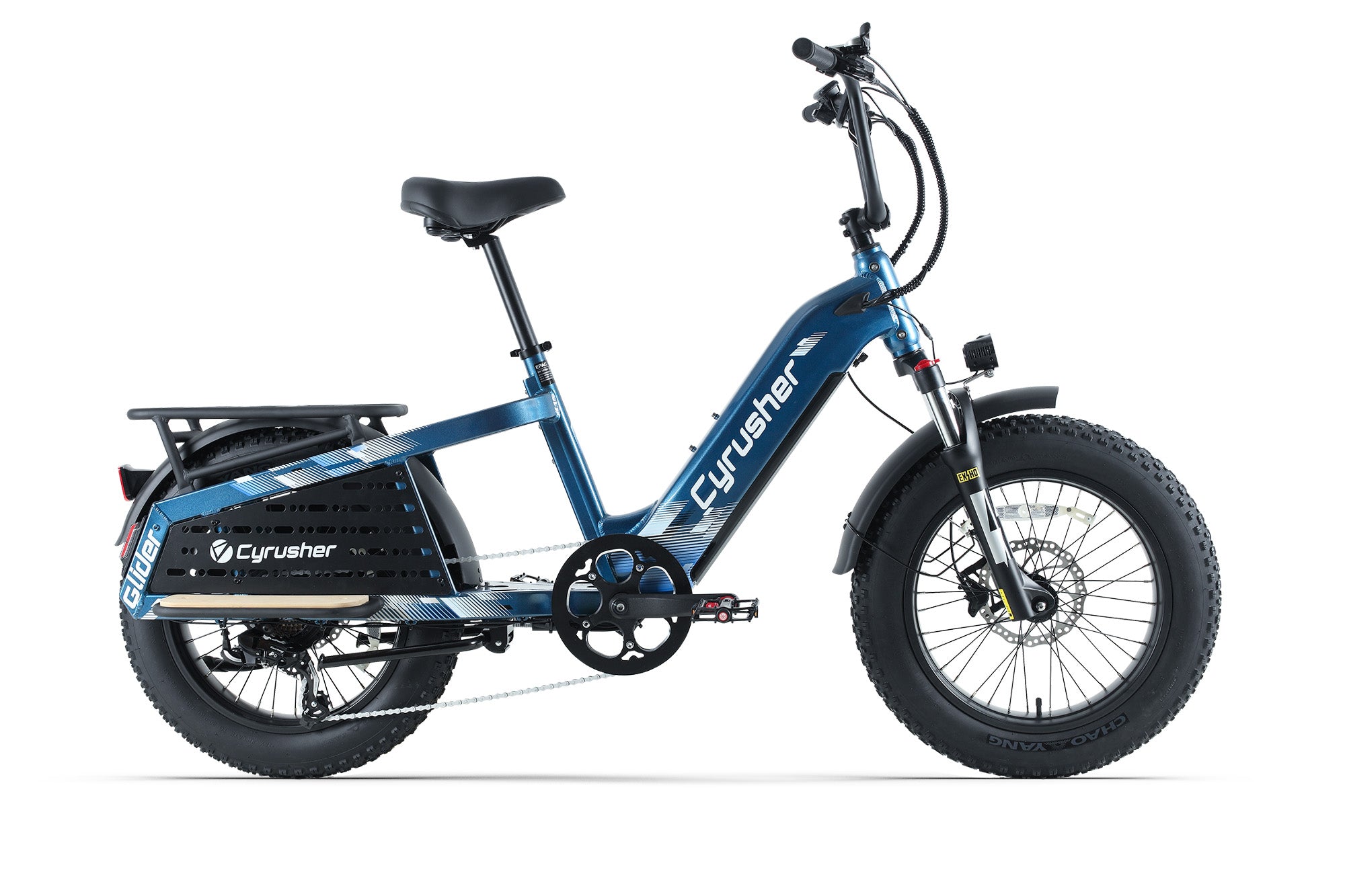
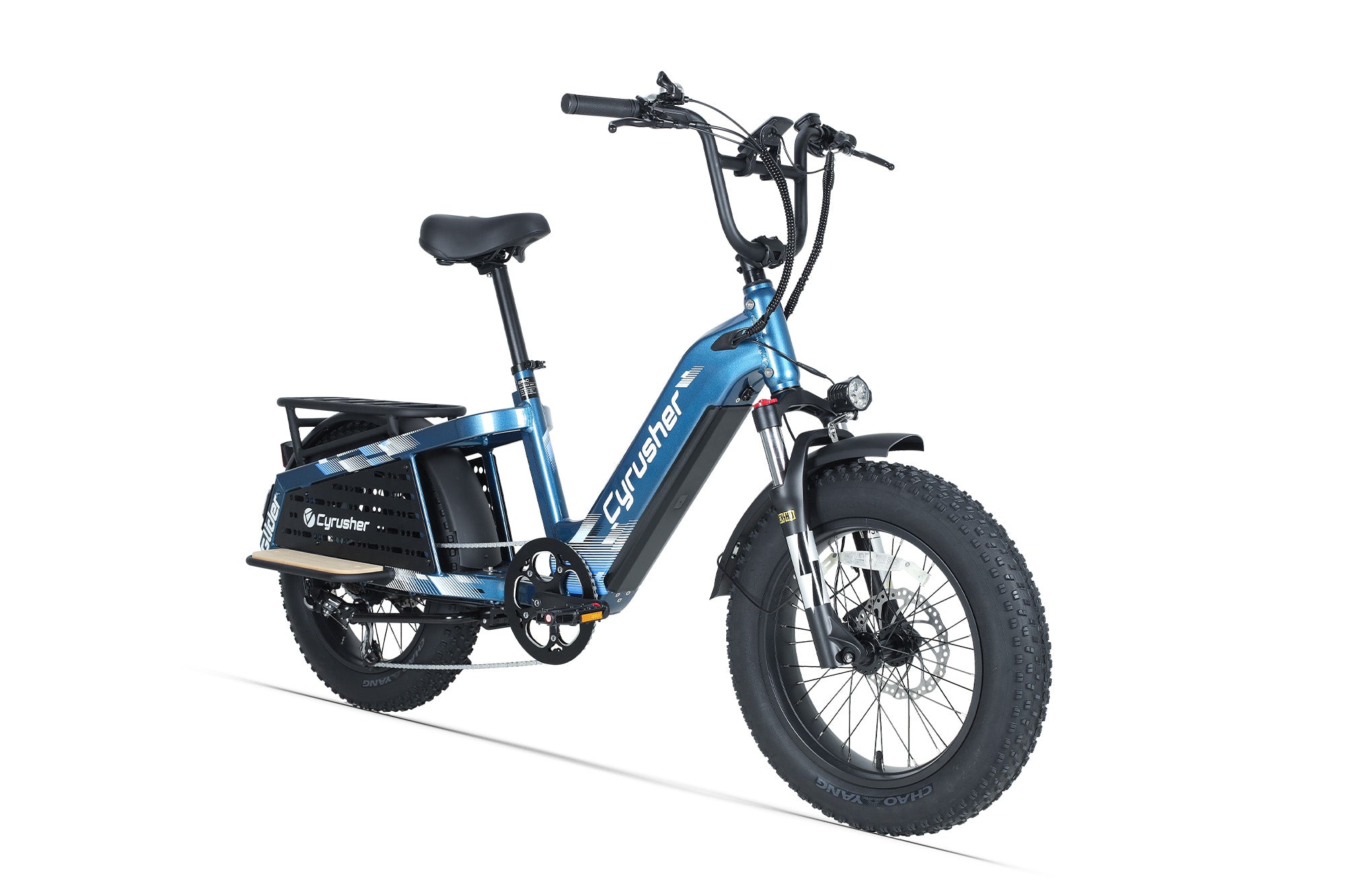

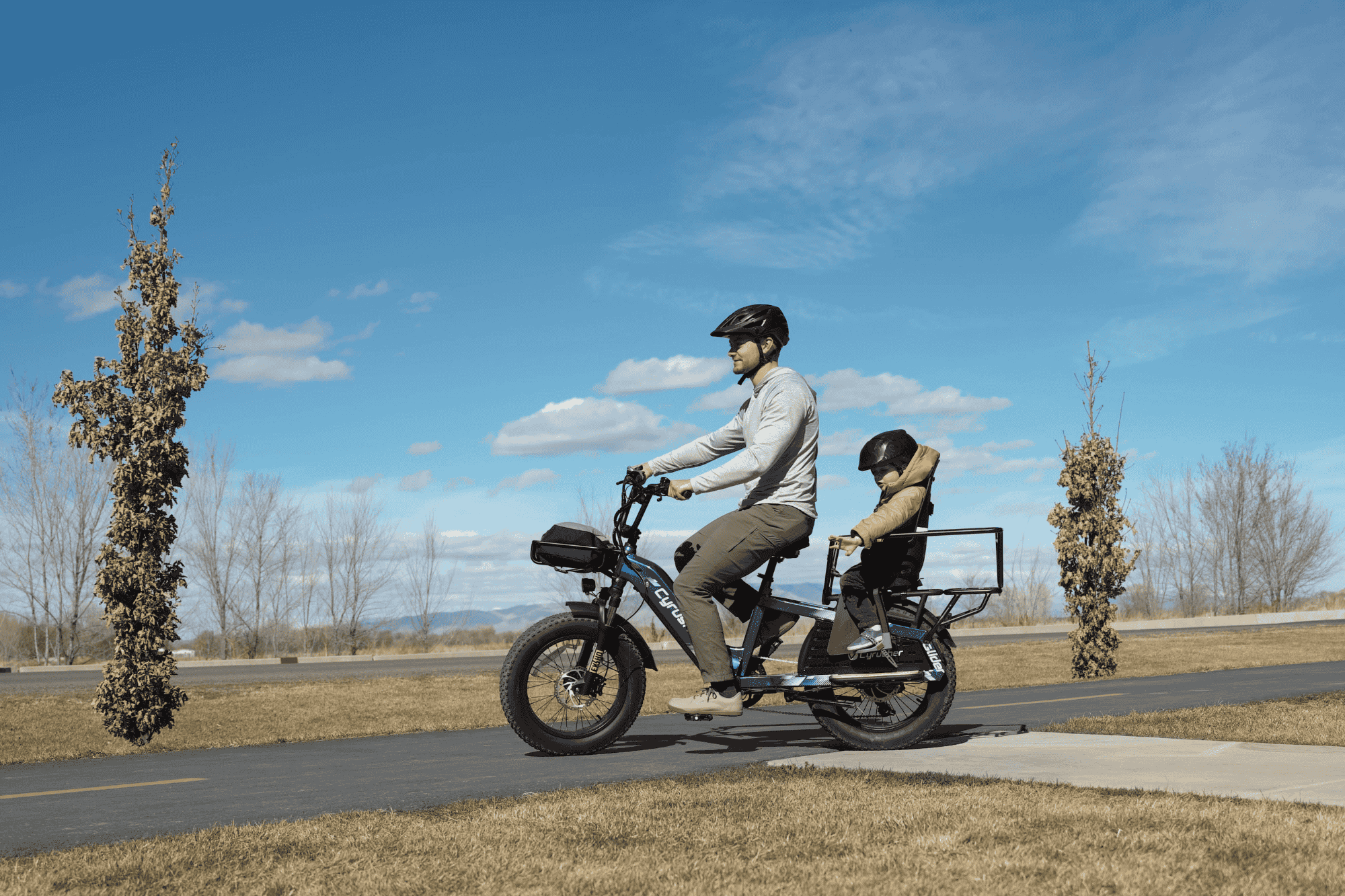
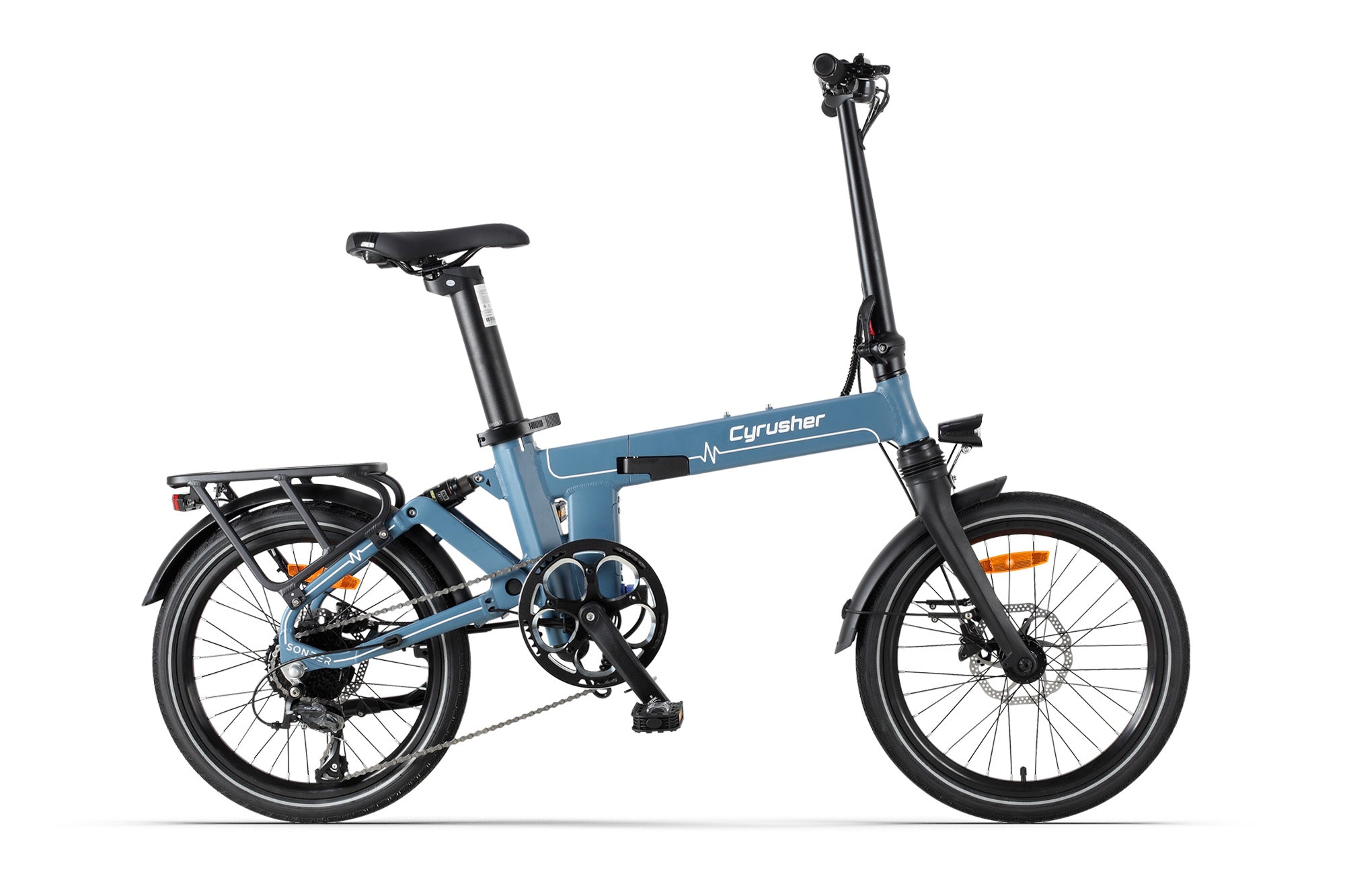
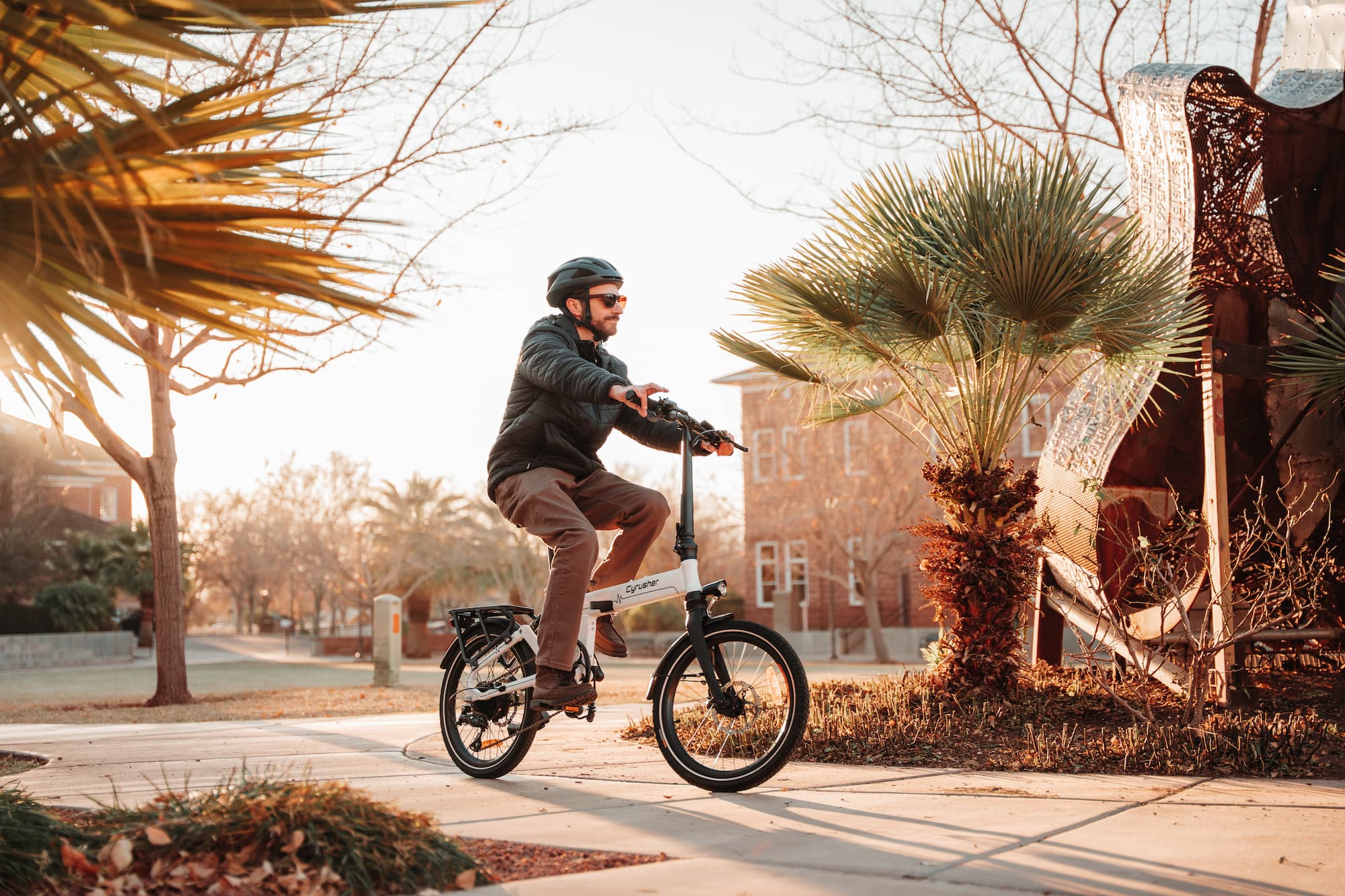
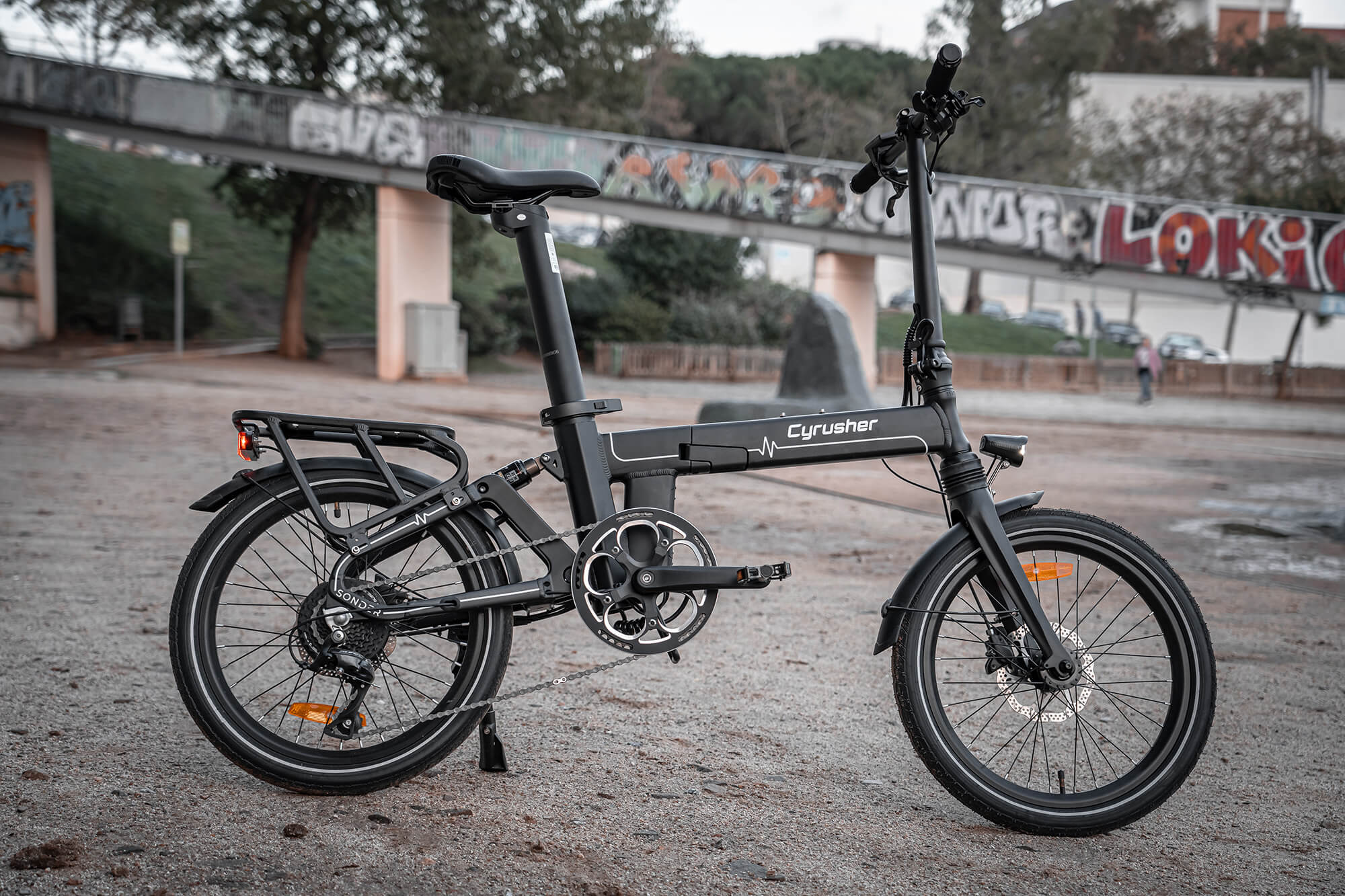

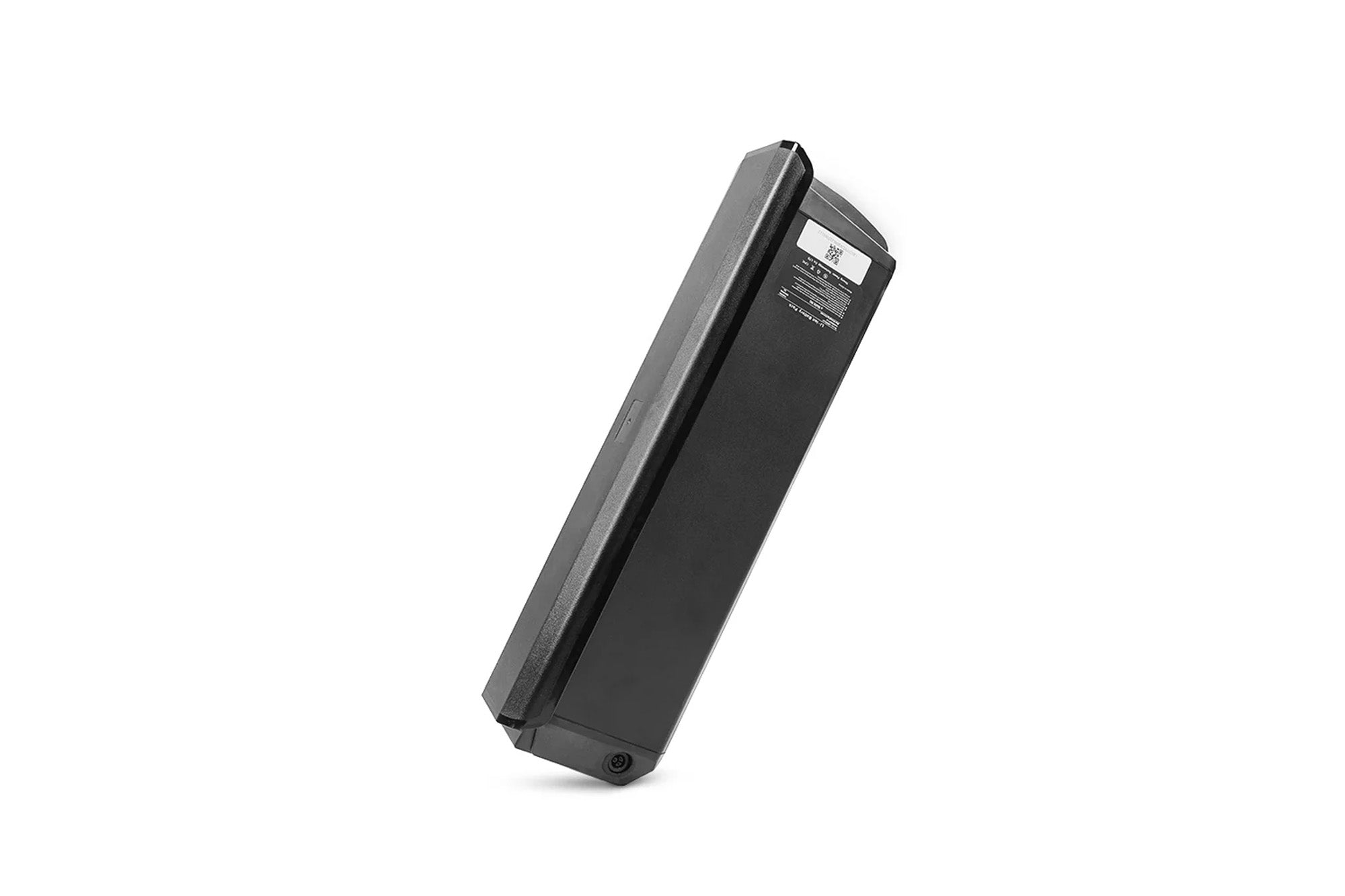
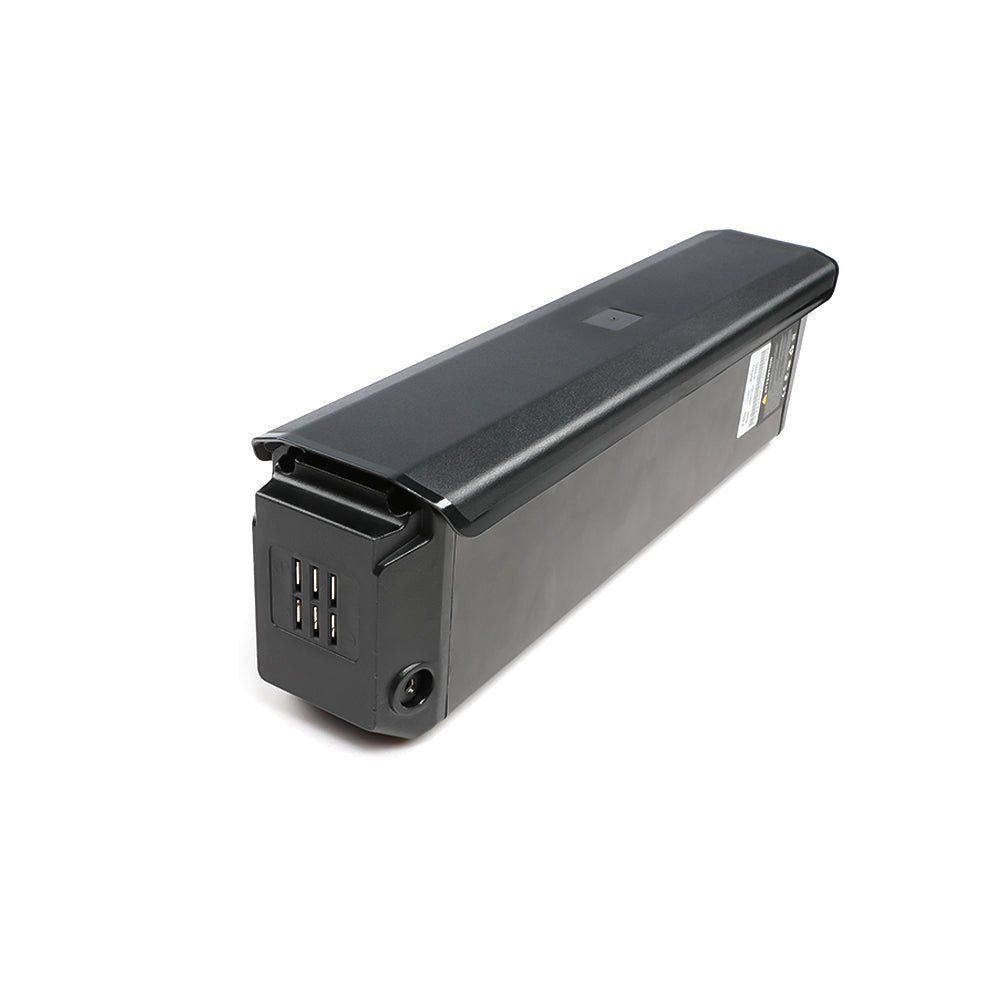
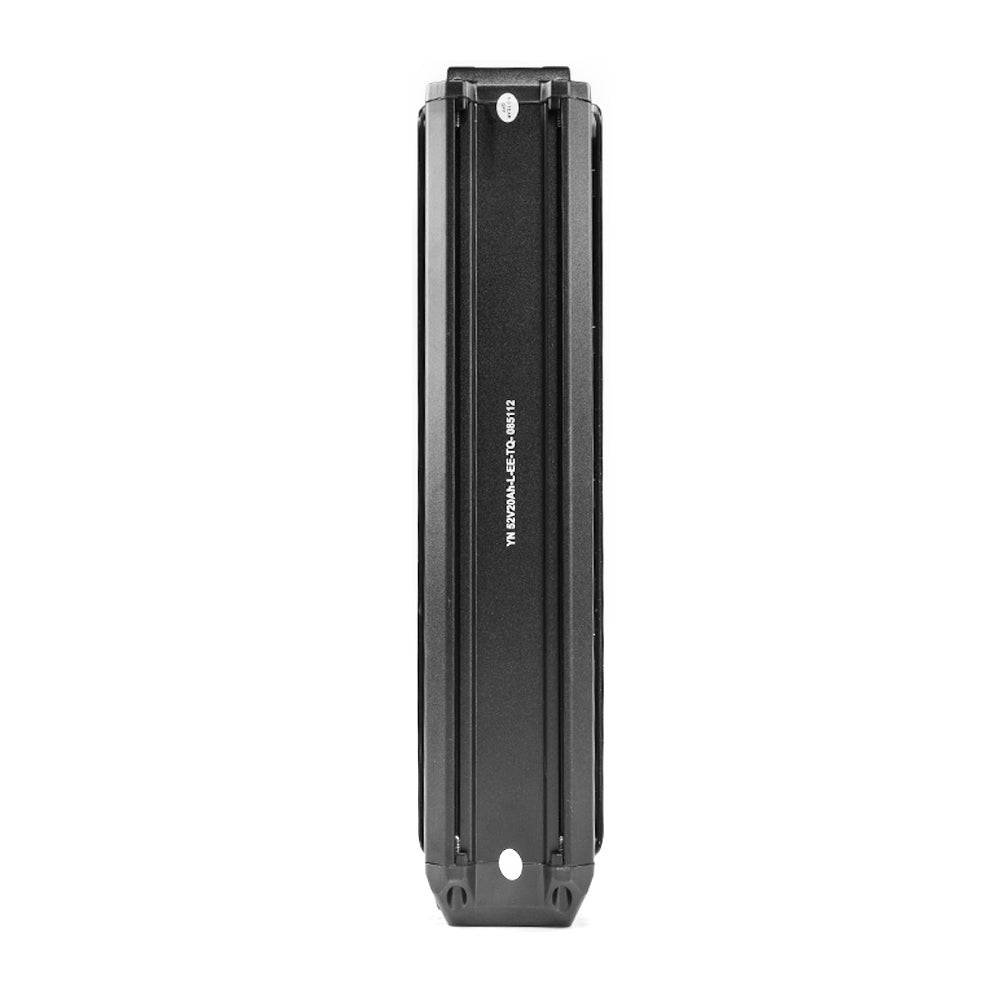
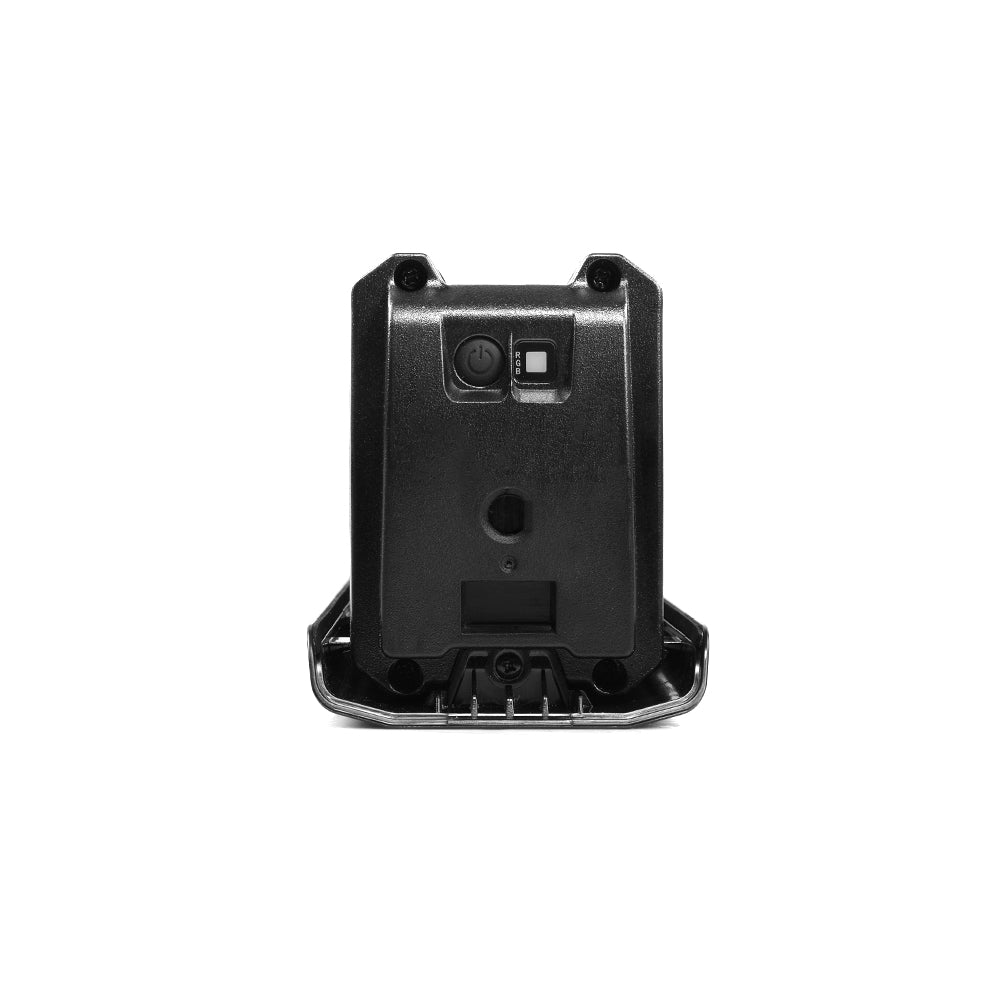

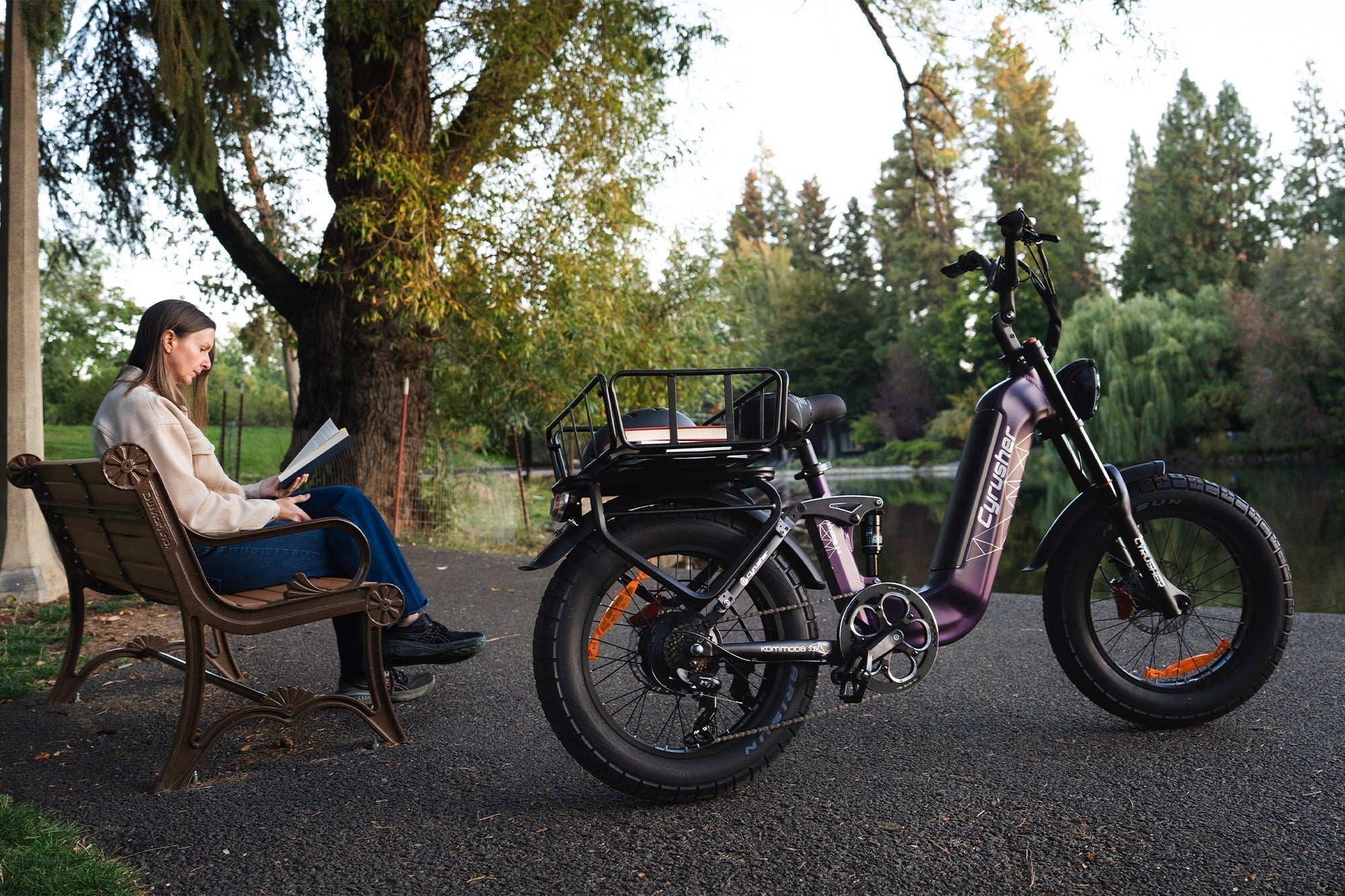
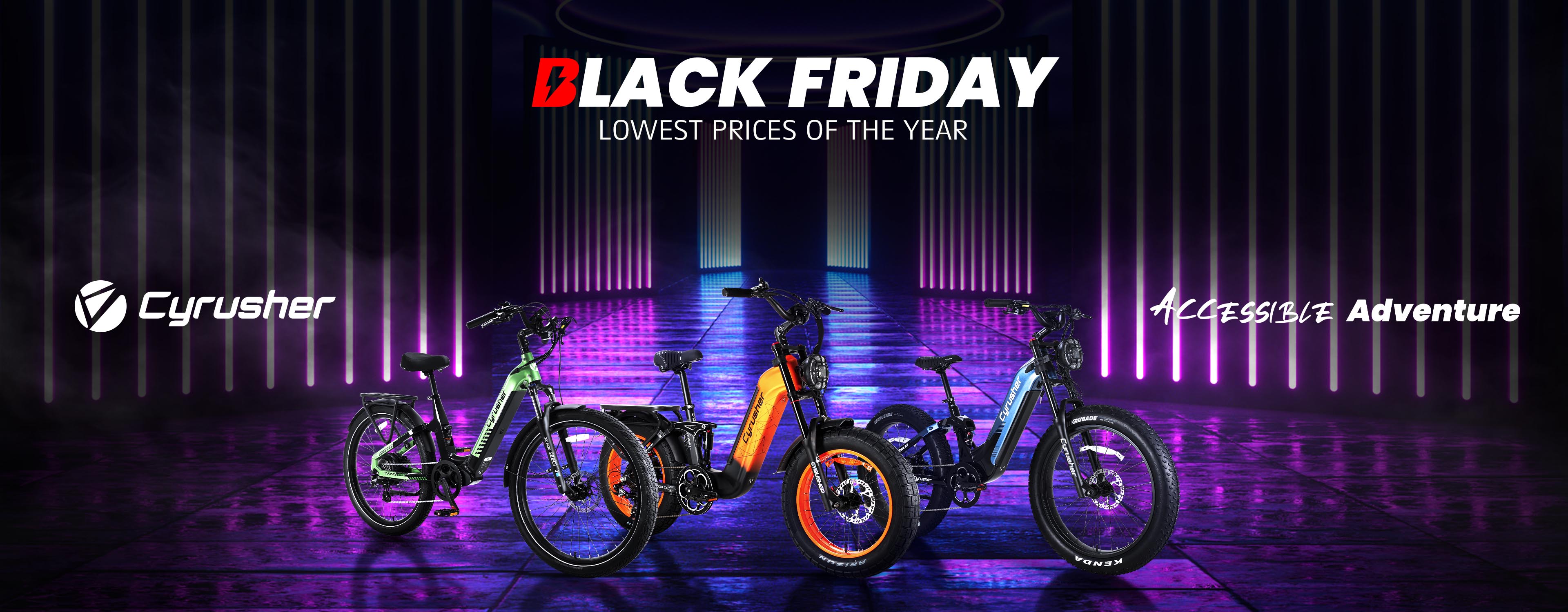
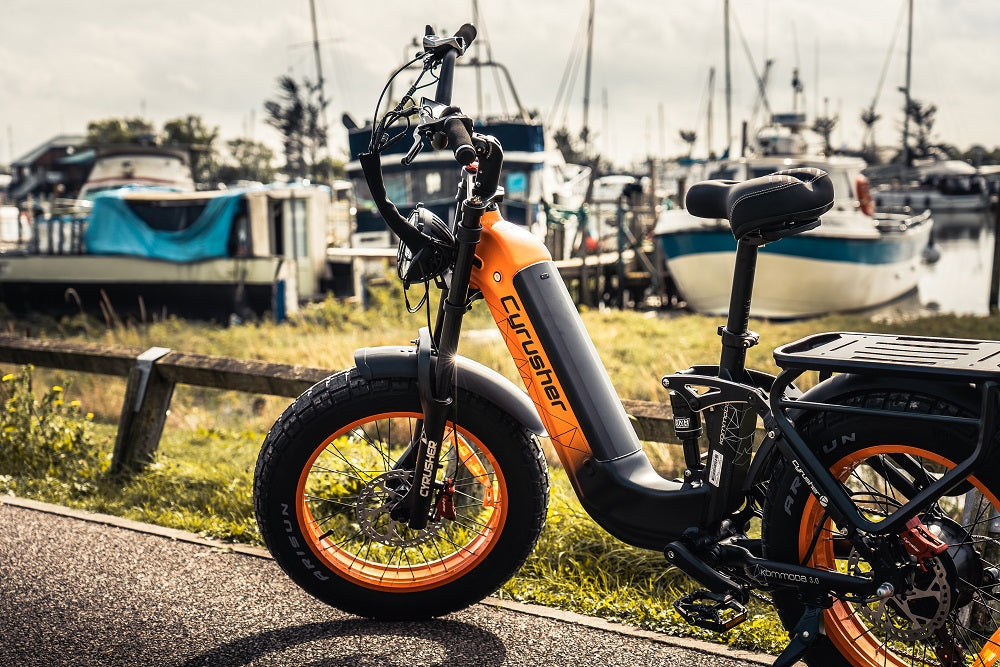
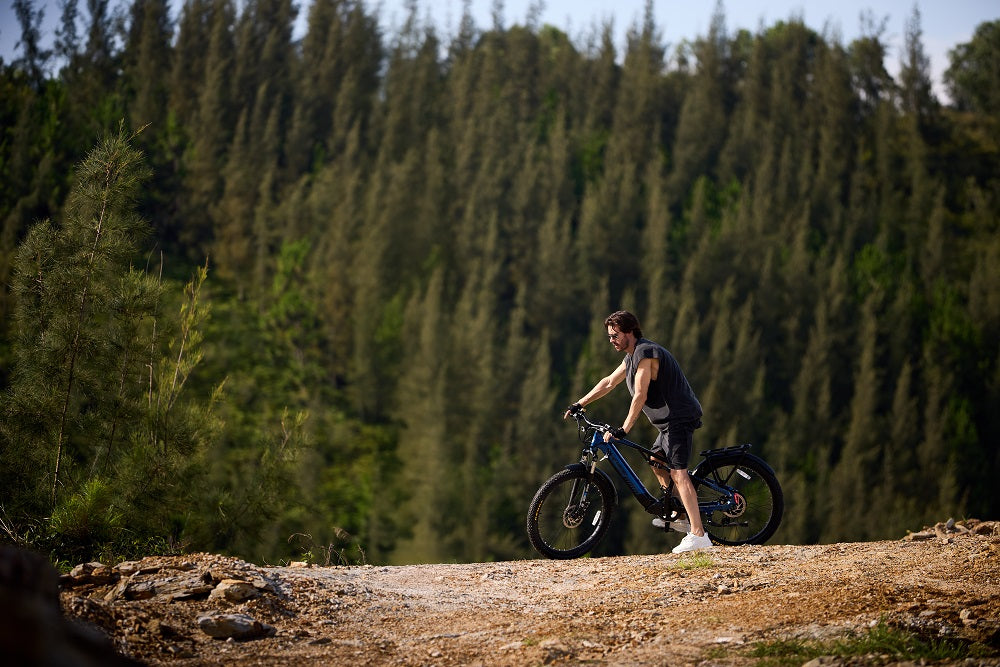

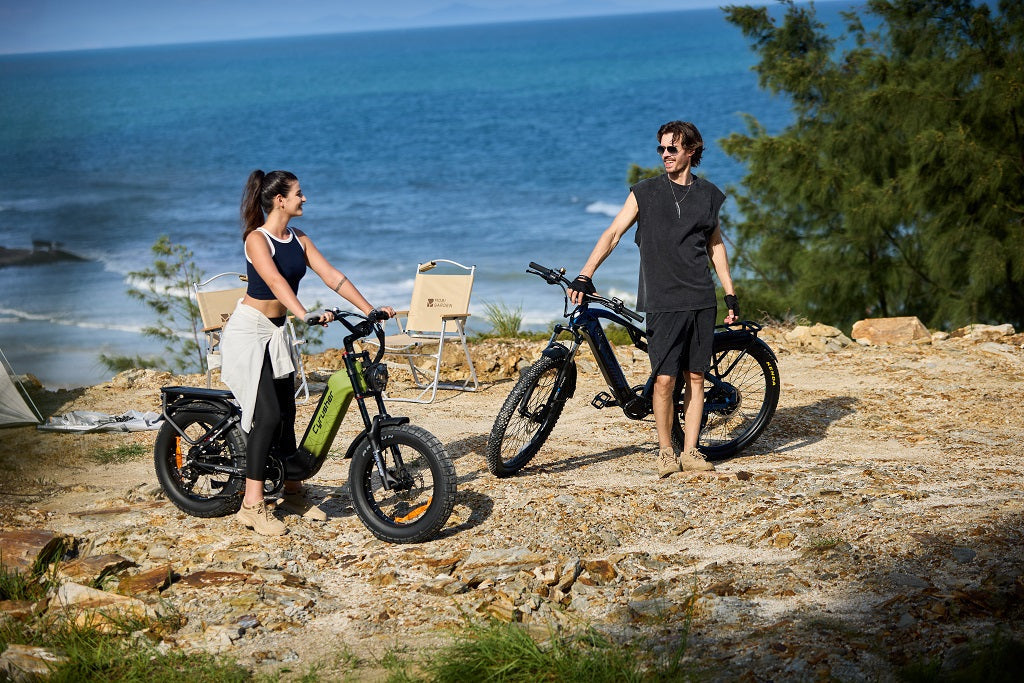
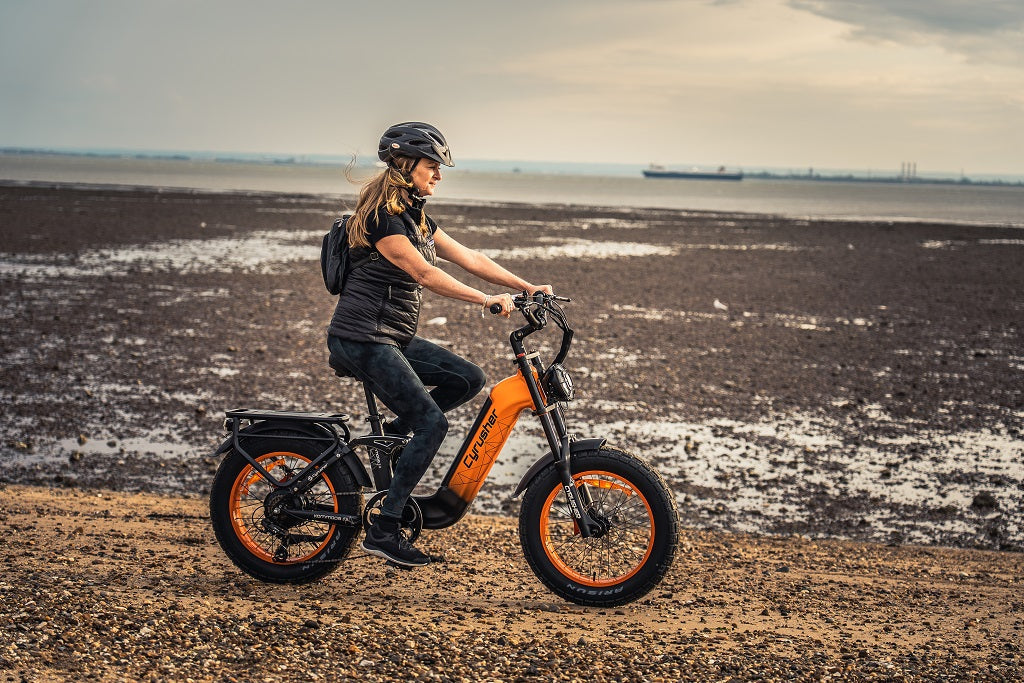
Share:
How to Fuel Your Ride with Proper Diet
Cyrusher Terra: The Next Evolution in Electric Dirt Bikes